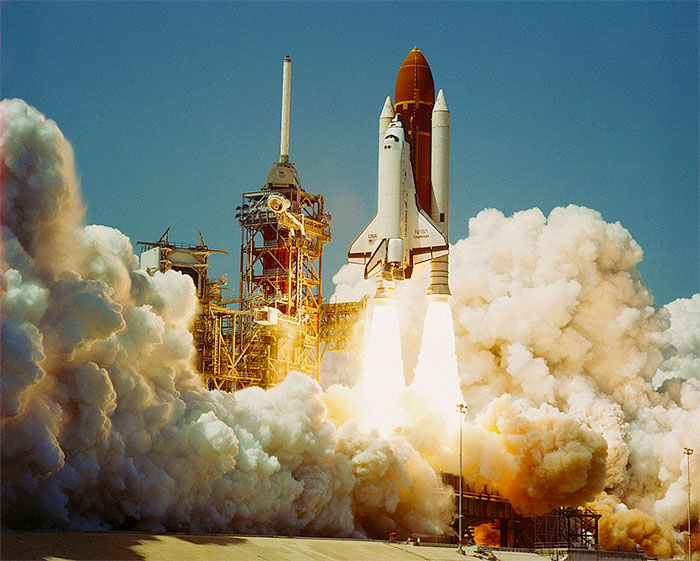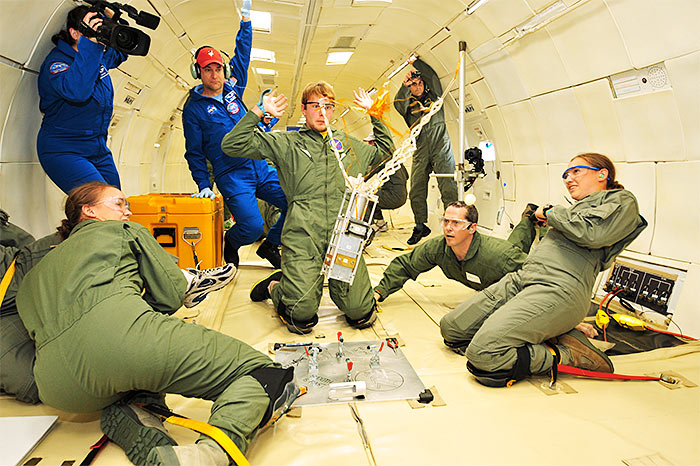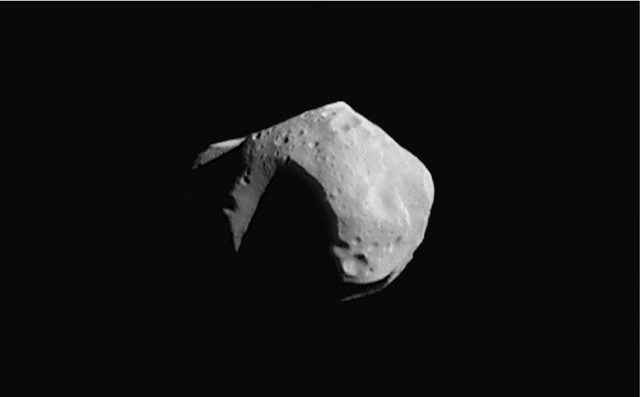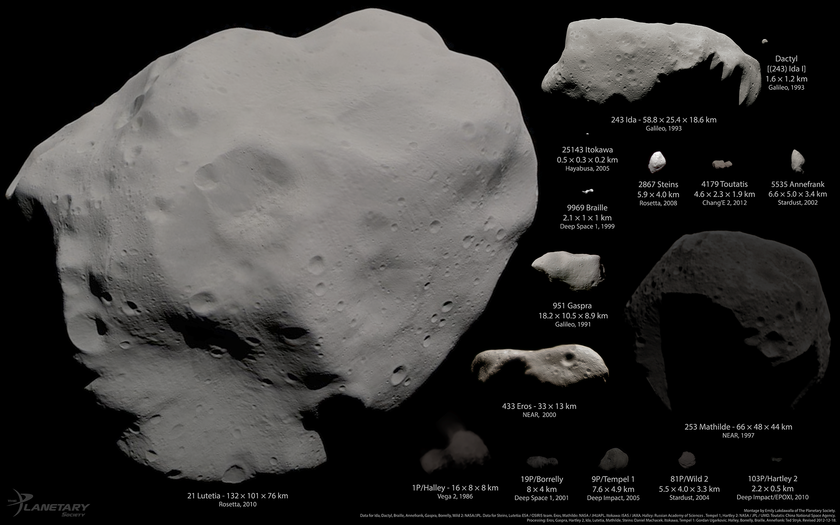Bigelow Aerospace has posted pricing information for its Alpha Station, which Bigelow expects to be ready for launch by late 2016.
Bigelow Aerospace will offer visits to Alpha for $26.25 million, with transport on a SpaceX Dragon capsule, or $36.75 million, with transport on the Boeing CST-100 capsule. The price includes a 10-60 day stay aboard the space station. These prices compare favorably to the $40 million which the Russian Space Agency is currently asking for a one-week stay aboard the International Space Station. The price includes astronaut training and qualification.
For customers that want exclusive and control over on-orbit facilities, Bigelow is offering lease blocks. One-third of a BA-330 module (110 cubic meters, roughly equal to an entire ISS module) will cost $25 million for 60 days. With transportation for one astronaut via the SpaceX Dragon, exclusive use over 110 cubic meters of volume for 60 days would cost $51.25 million. Bigelow will allow customers to sublease space aboard a lease block and resell purchased seats.
Bigelow is also offering name sponsorships. Naming rights are available for the entire station at $25 million per year or an individual module at $12.5 million per year. These are similar to prices sponsors have paid recently for naming rights to major sports stadiums.















